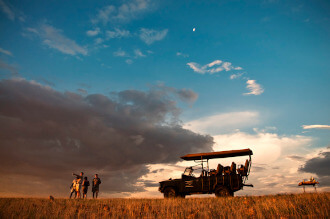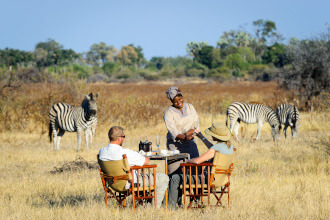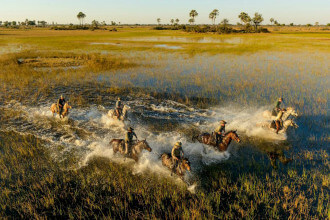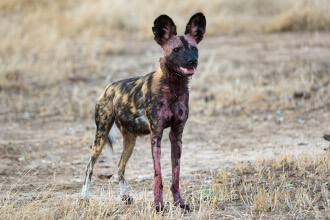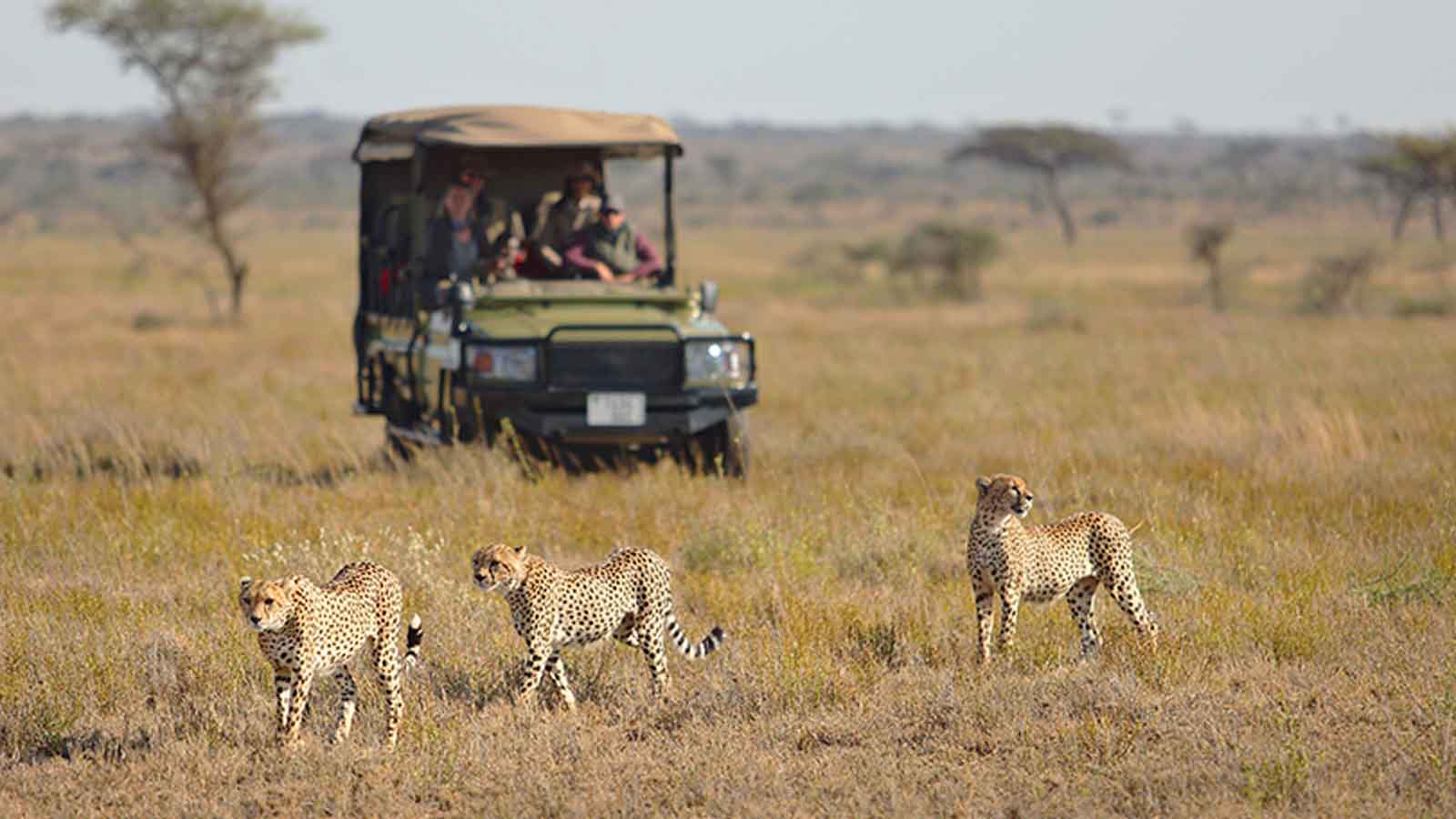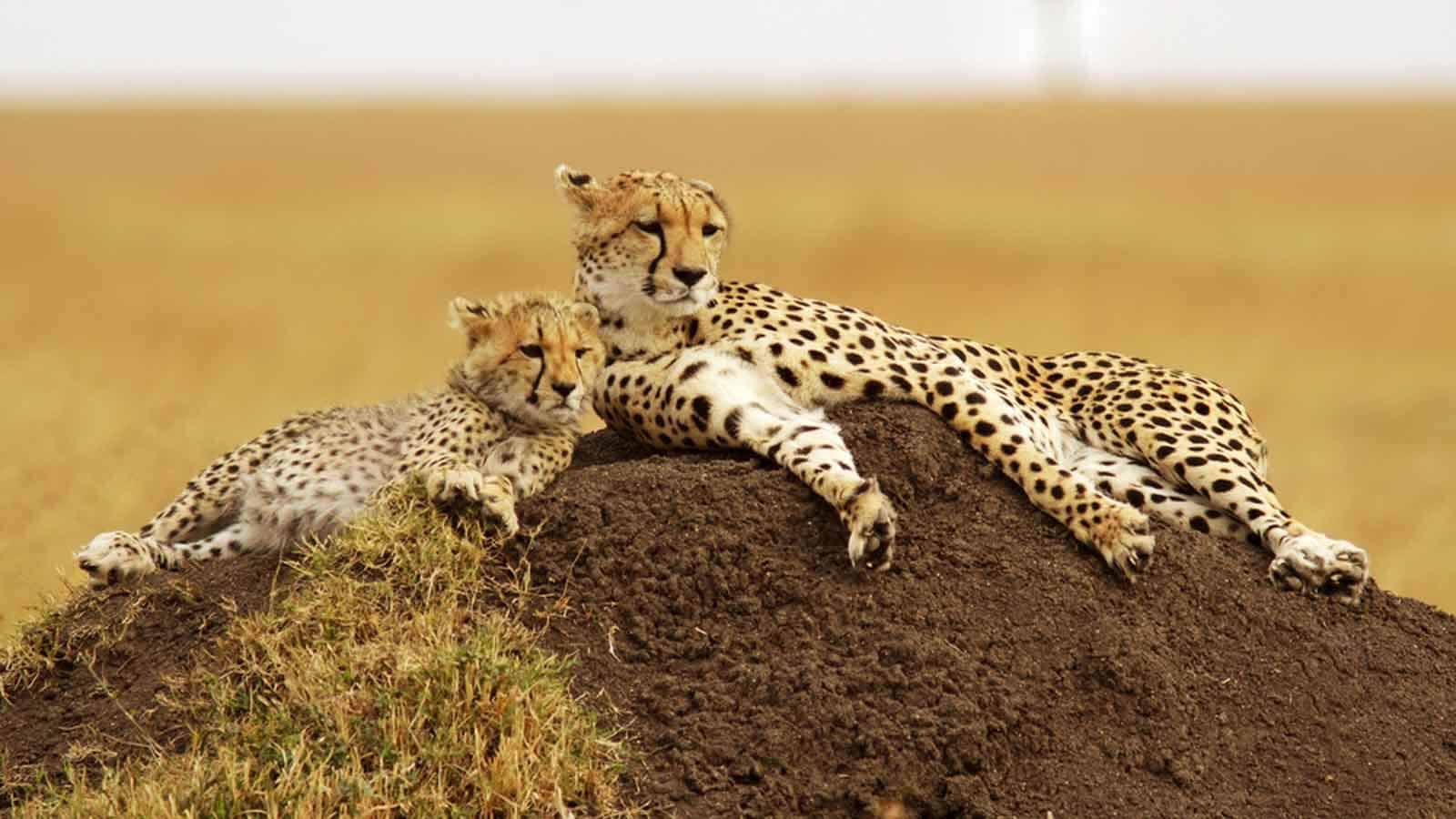Best Places to See Cheetah in Africa
Phinda Game Reserve in South Africa is also known for its thriving cheetah population. With fantastic conservation efforts, the reintroduction of cheetahs in 1992 on Phinda has proved a huge success with over seventy litters being born.
Best Lodges to See Cheetah
Cheetah Facts
Cheetahs are generally diurnal. Unlike other large predators that becomes active during the night, cheetahs prefer to hunt and stay active throughout the day. Their catching technique of the cheetah relies on a burst of speed where they can reach up to one-hundred and twenty kilometres per hour instead of the stalking and ambushing technique.
Cheetahs are easily identified through their markings. Their bodies are dotted with black spots whilst their face has characteristic black tear-drops that stretch from their eyes to their jaw. The black pigment absorbs sunlight whilst the cheetah runs meaning they are not dazzled from the sun's glare when hunting their prey.
Cheetah cubs are some of the most sought after sights on a safari, and for good reason. Their white fluffy mantle sticks up like a mohwak and resembles the ferocious honey badger. Their chirps and chirrups are extremely pleasant to the ear and even in adulthood, cheetahs are unable to roar. Instead, their calls resemble that of a bird and they purring bears a resemblance to your average house cat.

